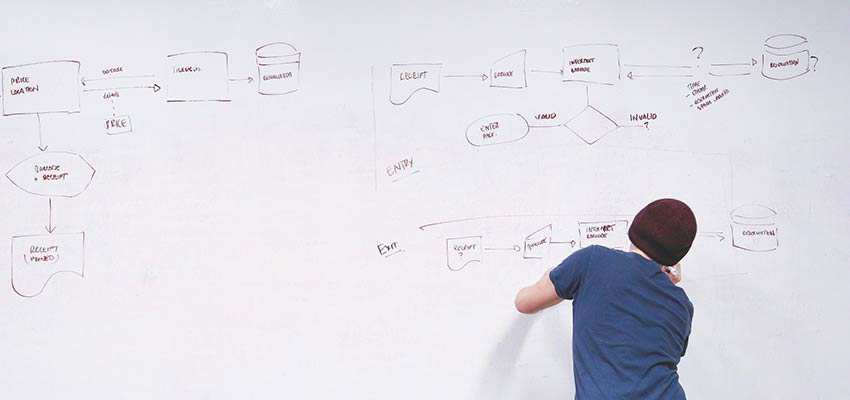The idea of a membership website is quite broad. Really, it can be anything from an organization that charges members for access to content or a simple community bulletin board. In between, you’ll find all sorts of niche requirements. In many ways, it’s akin to eCommerce in that there are any number of ways to approach a build.
Using WordPress as your base platform provides a number of plugin-based options. Over the past several years, I’ve had the experience of using several of them to build in membership capabilities for a variety of websites. Each one presented unique challenges, including some that didn’t match up with the functionality offered by the chosen plugin.
All told, there are a lot of things to consider. So, before you decide which path to take, think about the following factors. They’ll help you develop a plan of attack for your project.
Types of Available Memberships
The first thing to look at is what type of memberships the site will offer. For instance, you’ll want to determine if there will be single or multiple levels. The more levels you offer, the more complex your setup will likely be.
Multi-tiered memberships often mean that each level has its own separate set of benefits. Some levels may have access to more content (we’ll discuss that in a moment) or require the ability to allow members to set up “sub-accounts.”
eCommerce may also play a role here. If you plan to charge for membership, it’s important to map out how you plan to collect fees. That not only means picking a compatible payment gateway, but also whether you’ll want memberships to be renewed. Depending on your choice, members could be renewed automatically or manually.
Lastly, plan for how members will access their account. In many setups, you won’t want anyone except administrators to have access to the WordPress Dashboard. The ability to access account information from the front end may be a desirable feature to have.

Access to Memeber Content
Next on your to-do list is to determine what, if any, special access your site’s members will require. This could be anything from a single “Members Only” page to walling off specific categories or custom post types.
If you have more than one membership type, this often means restricting content based on level. This can be done via custom user roles, either manually through custom code or plugin settings. Custom code may provide more flexibility, while a plugin will be much easier to use.
And, if your site will allow anyone to join (as opposed to a private organization), it’s worth thinking about what the public can access. This could mean offering a trial membership that “drips” content or simply making some content fully-available to everyone.
Another, often overlooked, consideration is how you want search engines to treat protected content. Some membership plugins offer control over this, while others require you to develop your own solution. If you don’t want members-only content to be indexed by Google, plan ahead. Many SEO plugins will allow you to turn off indexing for these areas.
Managing Member Data
Chances are, you’ll want to have access to your membership data. This can include the basics, such as names and email addresses. But there’s a lot more you can (ethically) collect and things you can do with it. And, there are also some concerns with how you handle it.
Membership Mailing Lists
A membership plugin that ties in with a mailing list service such as MailChimp can be great for putting together a newsletter. A simple checkbox on your signup form or profile will allow members to opt in.
Membership Reporting
Running membership data through reporting software (or via built-in membership reports) can help you determine trends. For instance, you might notice that more people are joining during a certain month or maybe your members are concentrated in a specific region. You can also better judge the effectiveness marketing campaigns, etc.
Custom Data
There may be data you want to collect that is specific to your organization. Things like educational background or areas of expertise. This can help you better target content and services to specific groups of members.
If your membership plugin doesn’t have this capability, something like Advanced Custom Fields could be used to further tweak member profiles.
Exporting Membership Data
Exporting data in WordPress can be tricky – especially if you use more than one plugin to collect member info.
That information can be spread all over your site’s database. Therefore, you’ll want to determine where the data you need is stored and find an effective solution for exporting it to your preferred format.
Privacy Concerns
Any data your members provide should be protected to the best of your abilities. Make sure you use SSL and only collect the information that is necessary.
And you’ll want to ensure compliance with GDPR or other local regulations. WordPress has some of this capability built into core, but plugins may not necessarily comply. If you’re unsure, ask the plugin’s author about ways to scrub a user’s data.

Keep Members Happy
Above all, every decision you make with regards to building a membership site should be on the side of member happiness. Keep things simple in terms of navigation and the ability for members to manage their accounts. Employ those little UI enhancements that make interacting with the website easy and fun.
And, once your site is up and running, it’s a good idea to solicit member feedback. You might receive some helpful suggestions that you can use to further improve the experience.
WordPress affords you the opportunity to build a membership site to match your needs. But planning is crucial. Take time to consider what’s required and then implement the right tools to make it all come together.
Related Topics
Top